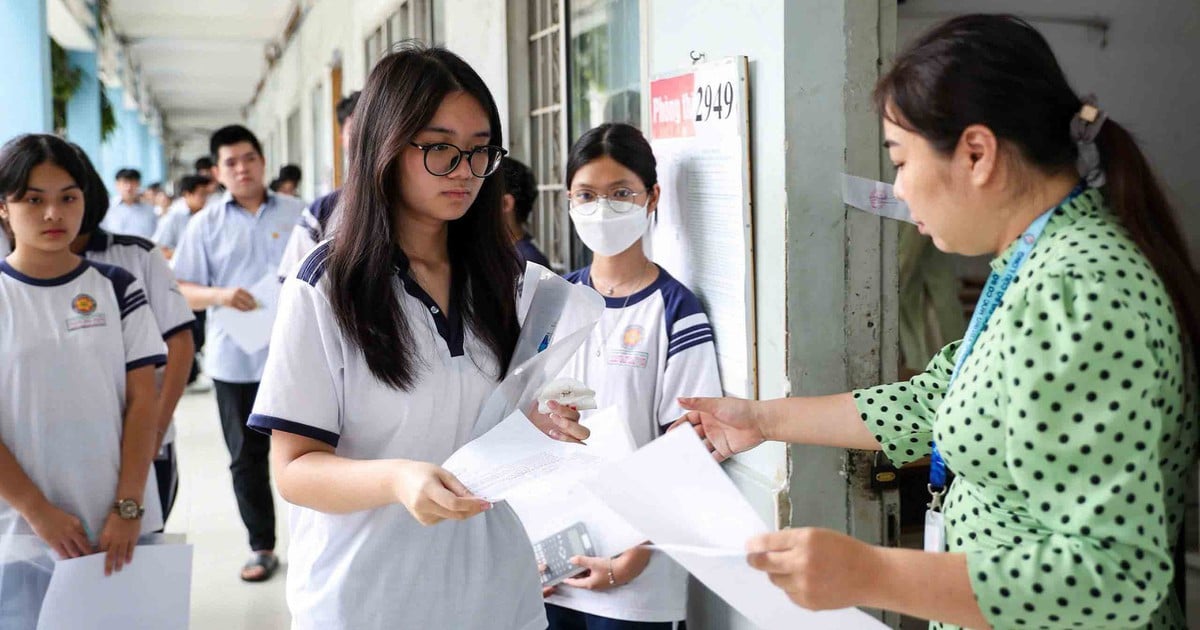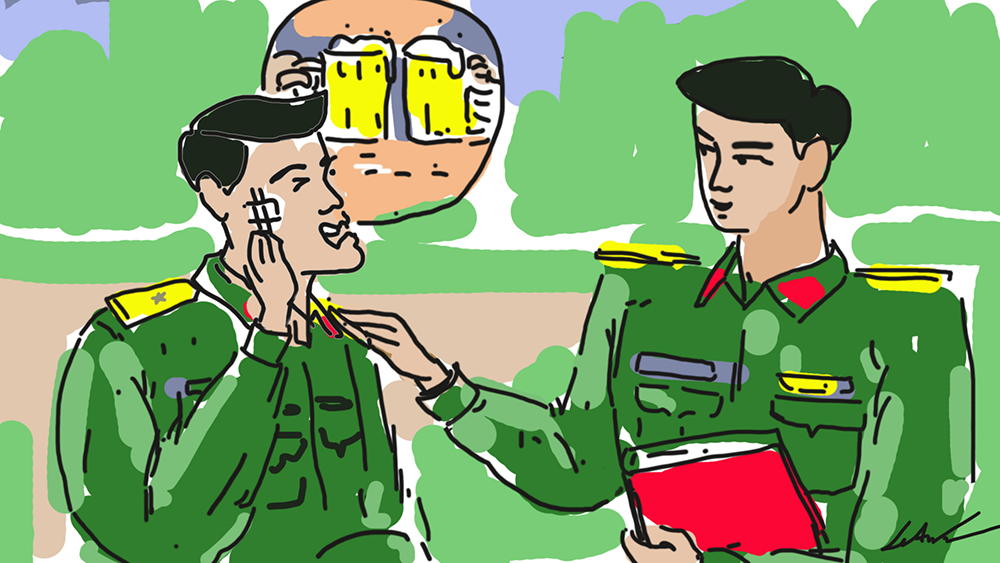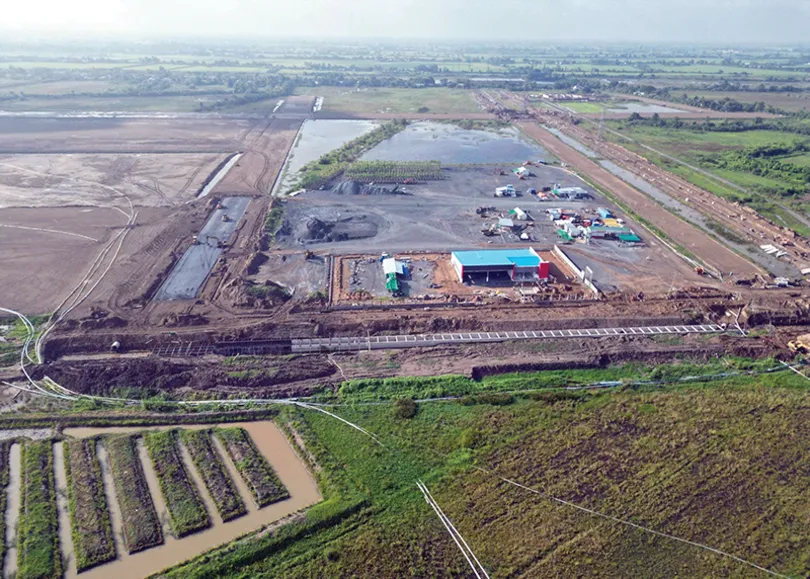
Chikungunya virus causes severe arthritis symptoms - Photo: CDC provided
According to Mr. Vo Hai Son - Deputy Director of the Department of Disease Prevention ( Ministry of Health ), Chikungunya is an infectious disease caused by the Chikungunya virus (CHIKV).
The disease is not transmitted directly from person to person but is transmitted through the Aedes mosquito (the same type of mosquito that transmits dengue fever). Mosquitoes mainly bite during the day and can be at their peak activity in the early morning and late afternoon.
The disease is transmitted by mosquito bites and has spread to South Asia, Europe, and Africa.
According to the World Health Organization (WHO), Chikungunya was first recorded in 1952 in Tanzania (East Africa). On July 22, WHO issued a warning about the rapid spread of Chikungunya, with major outbreaks reported in Indian Ocean islands such as La Réunion and Mayotte. These outbreaks have now spread to some areas of Africa, South Asia, and Europe.
Information from several countries shows an increase in Chikungunya cases in Guangdong Province, China, and Singapore. Guangdong Province recorded more than 4,800 cases of Chikungunya in the first half of 2025, the largest outbreak ever in the region. Singapore reported 17 cases from the beginning of the year to August 2, more than double the 8 cases in the same period in 2024.
Mr. Son emphasized that Chikungunya is not transmitted directly from person to person but is transmitted through the Aedes mosquito (the same type of mosquito that transmits dengue fever). It is currently the rainy season in many countries in the Northern Hemisphere, creating an ideal environment for mosquitoes to develop, leading to an increase in mosquito density and rapid spread of the virus.
At the same time, increased travel between countries in the summer is a favorable condition that increases the risk of disease spreading to other regions, localities, and countries.
"Although Vietnam has not recorded any cases of Chikungunya in the community, due to the high density of Aedes mosquitoes (vectors that transmit the disease) in many localities and the summer when many tourists travel to and from Vietnam, there is a high risk of Chikungunya entering Vietnam and spreading rapidly in the community," said Mr. Son.
The Ministry of Health has directed the strengthening of medical quarantine at border gates and international airports to promptly detect people suspected of being infected or carrying disease vectors. Mosquito surveillance, mosquito larvae eradication, and environmental treatment have also been implemented synchronously at border gates and areas.
Symptoms of Chikungunya
According to Mr. Son, when infected with Chikungunya, most symptoms usually go away on their own and last from 2 to 7 days, but can also last for weeks, affecting people's health.
Symptoms of Chikungunya appear 4 to 8 days (range 2 to 12 days) after being bitten by an infected mosquito. The disease is characterized by a high fever of sudden onset, often accompanied by severe joint pain. Other common signs and symptoms include stiffness, arthritis, headache, fatigue, and rash.
Symptoms are similar to those of dengue fever, but joint pain and swelling are often more pronounced, whereas dengue fever often has more bleeding symptoms.
However, people should not self-diagnose or treat themselves at home; when there are signs of suspected illness, they must immediately go to the nearest medical facility for timely consultation, examination and treatment.
To proactively prevent and control Chikungunya, the Ministry of Health recommends that people returning from countries and regions where Chikungunya is on the rise should proactively monitor their health for 12 days. If there are any unusual signs of health (such as fever, joint pain, rash, etc.), they should immediately go to a medical facility for timely examination, consultation and treatment.
People in households and residential areas should take measures to kill larvae and repel mosquitoes, sleep under mosquito nets, and cooperate with the health sector in spraying chemicals to prevent and control the epidemic. When having a fever, go to a medical facility immediately for examination and treatment advice. Do not self-treat at home.
For people traveling or working in areas where Chikungunya is on the rise, it is necessary to proactively prevent mosquito bites. Actively monitor your health and notify health authorities if you have symptoms similar to Chikungunya.
Source: https://tuoitre.vn/dau-hieu-nhan-biet-benh-chikungunya-va-cach-phong-benh-20250811083348117.htm




























![[Photo] An Phu intersection project connecting Ho Chi Minh City-Long Thanh-Dau Giay expressway behind schedule](https://vstatic.vietnam.vn/vietnam/resource/IMAGE/2025/8/21/1ad80e9dd8944150bb72e6c49ecc7e08)


































![[Photo] Politburo works with the Standing Committee of Hanoi Party Committee and Ho Chi Minh City Party Committee](https://vstatic.vietnam.vn/vietnam/resource/IMAGE/2025/8/21/4f3460337a6045e7847d50d38704355d)

































Comment (0)